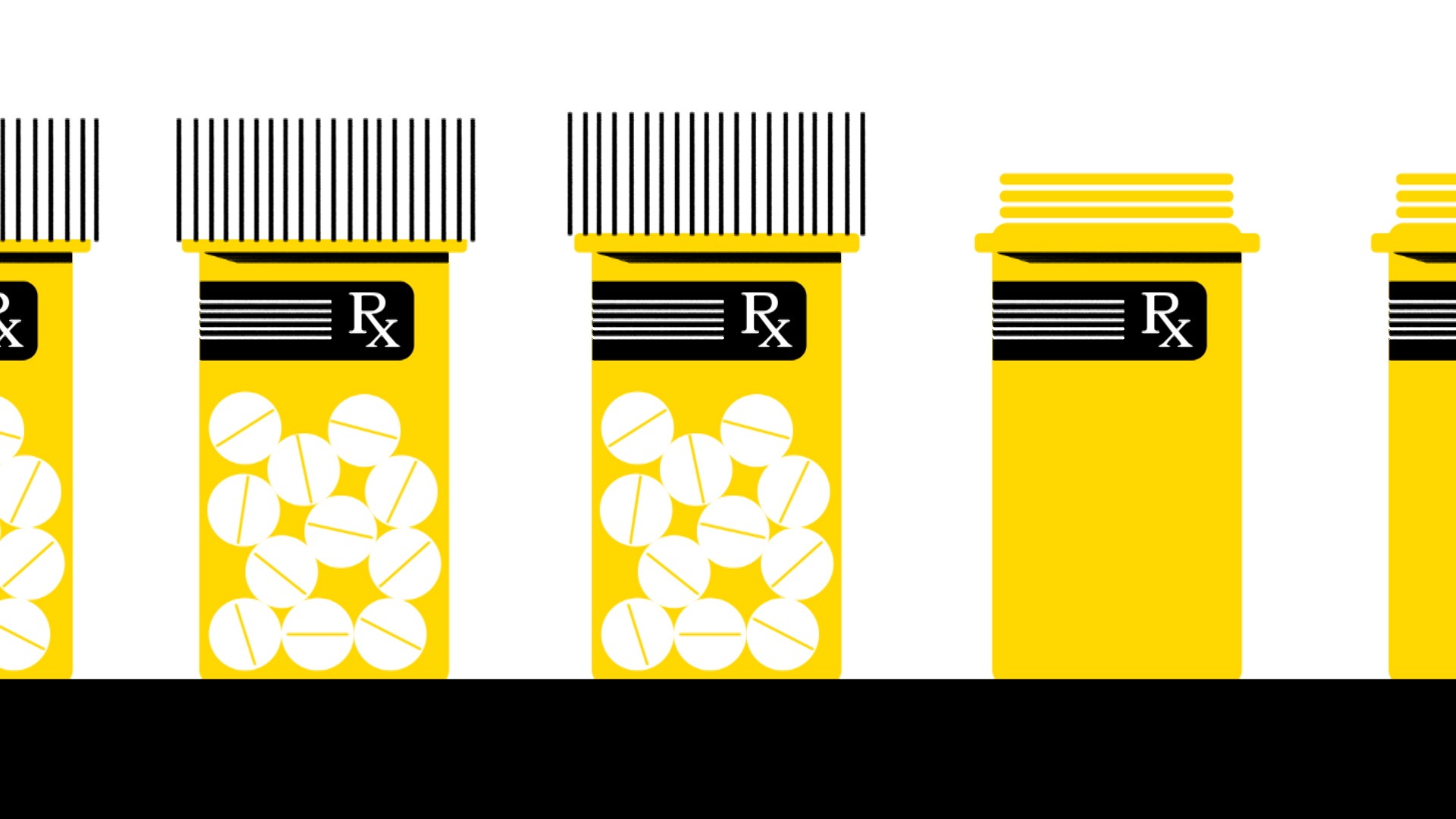When someone dies of an overdose, it’s up to people like medical examiners and coroners to record exactly which drug was responsible. But because their procedures can vary widely, tens of thousands of opioid-related overdoses have gone misidentified over nearly the last decade, according to a new study.From 1999 to 2015, public health officials overlooked more than 70,000 opioid-linked deaths, according to the study, published Wednesday, of nationwide death certificates. In fact, five states coded more than 35 percent of their overdose deaths as “unspecified.”The number of opioid-linked overdoses in the U.S. has already climbed steadily for years and shows no signs of slowing down. And without proper documentation, the epidemic is likely worse than anyone thought.Healthcare providers use standardized codes to indicate who died of what, but local practices for filling out death certificates can shift widely. If someone dies of a drug overdose, providers may not indicate which drug was involved and default to a code that indicates only that “unspecified drugs” were used. Naturally, that can lead states to underreport just how many people died of opioid-linked overdoses.Researchers in Wednesday’s study examined 17 years’ worth of death certificates issued in “unspecified” drug overdoses, in an attempt to reconstruct just how many of these overdoses might have been caused by opioids.“We were looking for states that had higher proportions of unspecified deaths and underreporting the opioid epidemic in those states,” explained Jeanine Buchanich, a research associate professor of biostatistics at the University of Pittsburgh who co-authored the study. “What we found was there was tremendous variation by state. In Pennsylvania, 50 percent of drug-overdose deaths had no drug reported as the culprit on the death certificate.”READ: Colleges are finally starting to help students with addictionsBuchanich and her team then used the number of opioid-related deaths in each state to extrapolate how many “unspecified” deaths were also probably due to opioids in any given year. (For example, if 40 percent of the “specified” fatal overdoses were linked to opioids, then it stands to reason that 40 percent of the “unspecified” overdoses were also opioid-related.) They found that states like Pennsylvania — which Buchanich said had a highly decentralized approach to codifying death certificates — likely vastly undercounted their opioid-linked deaths: Between 1999 and 2015, Pennsylvania overlooked 11,152 fatal opioid overdoses, according to the study.This isn’t the first study to indicate that death certificates are contributing to a massive underreporting of the U.S. opioid epidemic. Last year, a University of Virginia economics professor found evidence that errors or oversights in death certificates indicate that rates of opioid-linked fatal overdoses in 2014 were 24 percent higher than previously thought. A 2016 study from the University of Washington also found that death certificate issues led public health officials to underestimate the number of deaths linked to drugs, alcohol, and mental illness over the past three decades by nearly 200 percent.READ: Opioids are killing too many people to autopsy all the bodiesStates that use medical examiners, rather than coroners, tended to have more complete death certificates, Buchanich told VICE News. (Medical examiners, unlike coroners, are usually medical doctors.) But the wave of opioid-linked overdoses in recent years has left medical examiners overwhelmed, overworked, and sometimes even unable to autopsy each body.“It’s important that people understand, when they’re allocating resources, that they understand the scale of the problem so they can adequately cope with the opioid epidemic,” Buchanich explained.Alex Lubben contributed to this report.Cover image: In this Friday, June 1, 2018, photo, small vials of fentanyl are shown in the inpatient pharmacy at the University of Utah Hospital in Salt Lake City. (AP Photo/Rick Bowmer)
Advertisement
Advertisement
